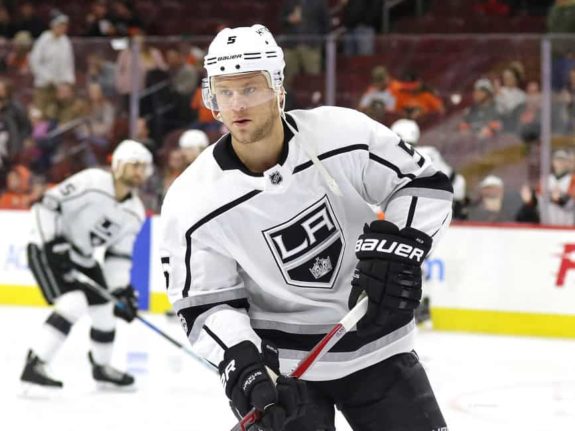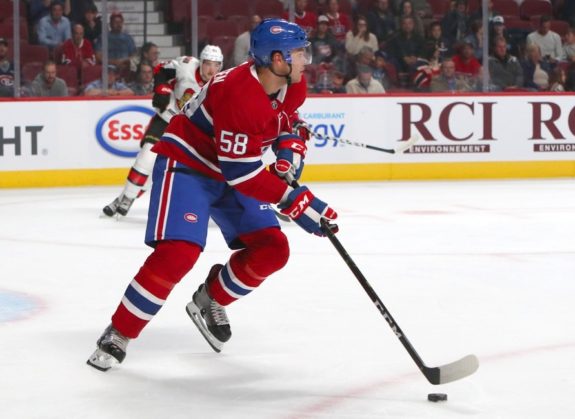True to his word, Montreal Canadiens general manager Marc Bergevin has admirably played the trade market conservatively up to now. Despite appearances to the contrary, that sentiment extends to the modest blockbuster he swung with the Philadelphia Flyers, where he got depth-defenseman Christian Folin and re-acquired forward Dale Weise in the process.
Bergevin Buys Low, Doesn’t Rent
Even though Bergevin said he wouldn’t be in the rental business, Folin will admittedly be an unrestricted free agent. However, when you’re only giving up a career minor-leaguer in Byron Froese and a current minor-leaguer whose best days are behind him in David Schlemko, it’s hard to get mad at Bergevin. He didn’t give up much.

Granted, he didn’t get much if you look at this deal below the surface. Weise’s name will turn some heads just due to the success he enjoyed with the Habs over parts of three seasons with the Canadiens, before leaving for what he had perhaps thought were the greener pastures the Philadelpha Flyers had to offer (or maybe just the green).
Weise is a Canadiens fan favorite. While a good portion of Weise’s success can be directly tied to the disproportionate amount of time he spent on the first line while here, he undeniably developed into a valuable member of the team through sheer hustle and playoff heroics.
The Downside of Acquiring Weise
Of course, just as Weise developed into a full-time NHLer with the Habs, he’s been dressed for fewer and fewer games over his years as a Flyer. So hard have been the times on which he’s fallen that he had been demoted to the American Hockey League by the Flyers.
Consider how the lackluster Flyers aren’t exactly known for their goal-scoring depth this season and it becomes clear: Weise, who, prior to being called up by the Canadiens, had been making $2.35 million to play in the minors, is not the key to this deal for Bergevin.

Oh, Weise is not a horrible burden for the Canadiens to bear. Even if he ends up recapturing half the magic he displayed during the 2014 Stanley Cup Playoffs (three goals, four assists), his acquisition might end up being worth it.
It’s important to remember though that after Bergevin traded Weise away, he expressed interest in re-signing with the Canadiens at the end of that 2015-16 season. Obviously the interest wasn’t mutual, at least not for the $9.4 million over four years Weise for which eventually signed. It’s not like Weise suddenly became worth that amount of money. He got worse. And he’s got one year left under contract, for which Bergevin and the Canadiens are now on the hook.
So, unless you’re thinking Bergevin suddenly had a change of heart three years later, based on the drastic turn for the worse Weise’s game has taken, chances are good Bergevin really wanted Folin. Therein lies the most likely reason Bergevin made this trade, to replace third-pairing defenseman Noah Juulsen in the lineup.
Juulsen Remains Injured
Of course, Juulsen is out with a serious vision-related injury. If you disregard the left-handed Jordie Benn, who can play on the right side, the Canadiens were down to two right shots: Shea Weber and Jeff Petry. Folin is hardly in their stratosphere in terms of talent, but he has proven capable of being a sixth or seventh defenseman.

Put it this way: In the trade, there was a single player without any AHL games played this year and the Habs got him. That’s a win, for all intents and purposes, especially considering the lack of upside the other three, Weise included, have.
Generally, you have to give up something to get something. In this case, the Habs didn’t give up much, but they may have bitten off more than they can chew, in terms of Weise. Playing the trade market conservatively is one thing. Playing Weise on a top line is another.
There are a few factors at play here. The Canadiens needed Folin. They don’t need Weise, but, they thankfully have the cap space and the power to bury Weise in the lineup or even the minors if need be. As a result, this is at least one experiment worth conducting.